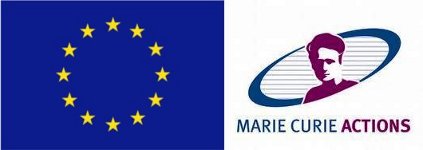CHENITARImpact of chemical form of nickel ions on its molecular targets in some human cells

Nickel is classified under Regulation (EC) No. 1272/2008 as carcinogenic category 2. Besides, nickel allergy is very common worldwide, being the most common cause of contact dermatitis of the skin. Even though nickel allergy and nickel carcinogenicity are well-known health effects related to human exposure to nickel (either during production of nickel-containing products or by direct contact with the final item), the responsible molecular mechanisms events are still unknown, and require additional research. Information about the uptake of nickel to the cell and on the molecular targets of nickel is critical to resolve these health issues related to nickel. In fact, the molecular targets which determine carcinogenicity are important issues to EU according to the Scientific Committee of the European Commission. In this context, the main goal of this project was the identification of the molecular targets of different chemical forms of nickel in human skin cells as well to establish correlation between the toxicity and uptake with time of exposure, concentration and chemical form of nickel.
Conclusions of the action
Oxidic nickel (NiO) was found to be the most toxic nickel form towards human keratynocites among the different chemical forms of nickel tested. The determination of the nickel uptake by cells showed that the highest amount of nickel was taken up by cells treated with NiO. However, a direct relation between toxicity, chemical form and uptake by cells could not be obtained. By using a non-denaturing separation strategy, a nickel-binding protein produced by cells under stress in the presence of nickel was detected in cytosols from cells treated with different chemical forms of nickel. Finally, the development of analytical technique based on separation techniques and high-resolution electrospray mass spectrometry allowed the identification of this nickel-binding protein involved in nickel toxicity: tumor protein p63-regulated gene 1.
This project has received funding from the European Union’s Horizon 2020 research and innovation programme under the Marie Sklodowska-Curie grant agreement No 660590